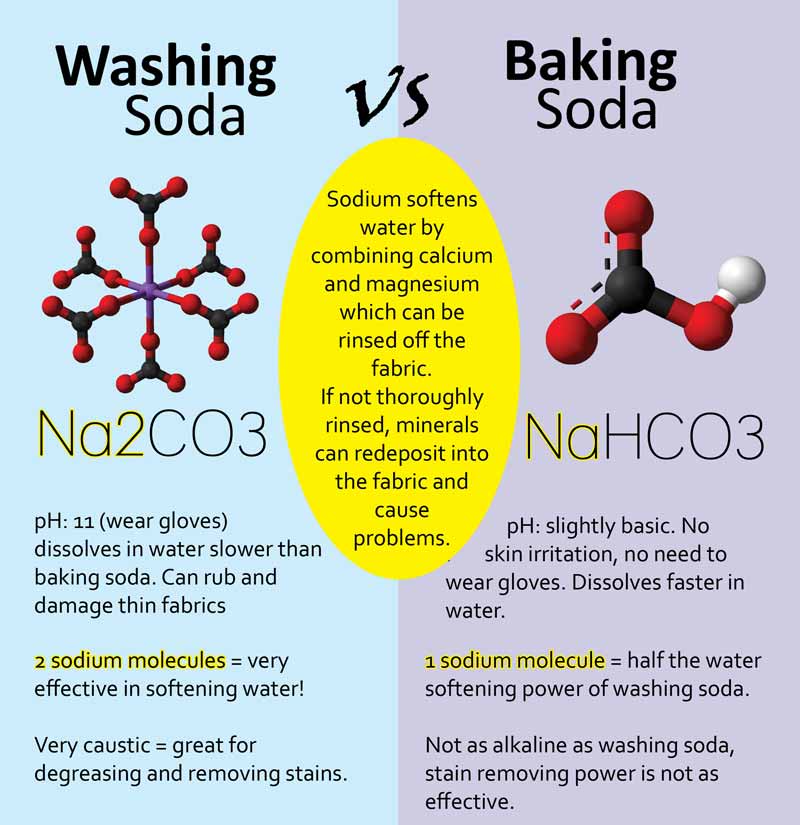
Introduction
The textile industry is transforming significantly as companies shift towards more sustainable practices. This shift is pivotal in addressing the environmental impact of textile production and consumption. One of the key areas of focus is the use of eco-friendly dyes and biodegradable fibers, which are revolutionizing the sector. This blog post delves into the importance of adopting sustainable practices in the textile industry and how they shape the future of fashion. It is a crucial read for sustainable enthusiasts looking to make a positive impact on the environment.
The importance of sustainability in the textile industry
Sustainability has become a cornerstone in the textile industry, driving companies to adopt eco-friendly practices for a more responsible and ethical approach to production. By embracing sustainable solutions like eco-friendly dyes and biodegradable fibers, the sector reduces its carbon footprint and sets a precedent for other industries to follow suit. The demand for transparency and accountability from consumers further underscores the significance of sustainability in the textile industry. As we continue to witness this shift towards eco-conscious practices, it is clear that sustainability is not just a trend but a vital necessity for the future of fashion and the planet.
The impact of eco-friendly dyes and biodegradable fibers
The integration of environmentally friendly dyes and biodegradable fibers within the textile industry has significant effects on both ecological preservation and the sector’s sustainability. Dyes that are eco-friendly, sourced from natural materials such as plants and minerals, help decrease the release of harmful chemicals into water systems while also lowering the carbon output during production. Likewise, biodegradable fibers like organic cotton and hemp naturally break down, preventing the buildup of non-biodegradable waste in landfills. By adopting these sustainable options, textile manufacturers are satisfying a rising appetite for ethically made products while contributing to a more eco-aware industry moving forward.
Benefits of adopting sustainable practices in the textile industry
Embracing sustainable practices in the textile industry offers a myriad of benefits. Firstly, it helps in reducing the industry’s carbon footprint, thereby mitigating the environmental impact of textile production. Secondly, by using eco-friendly dyes and biodegradable fibers, companies can enhance their brand image and appeal to the growing consumer demand for sustainable products. Moreover, adopting sustainable practices can lead to cost savings in the long run by optimizing resource usage and minimizing waste generation. Lastly, investing in sustainability not only ensures compliance with regulatory standards but also fosters innovation and drives positive change across the entire industry. The shift towards sustainability is not just an option anymore; it is imperative for the future of the textile sector.
Challenges and barriers to sustainability in the sector
To fully realize the potential of sustainability in the textile industry, it is essential to address the challenges and barriers that hinder progress. One of the key obstacles is the higher initial cost associated with transitioning to eco-friendly practices, which may deter some companies from making the switch. Additionally, the lack of standardized regulations and certifications in the eco-friendly textile sector poses a challenge in verifying and ensuring the authenticity of sustainable products. Moreover, the need for constant innovation and research to develop new sustainable materials and technologies adds another layer of complexity. Overcoming these challenges will require collaboration between stakeholders, policymakers, and consumers to drive meaningful change toward a truly sustainable textile industry.
The future of sustainable textile production
As we navigate through the current challenges in the textile industry’s transition to sustainability, it’s imperative to look ahead at the promising future that lies ahead. The increasing consumer demand for environmentally conscious products is propelling companies to invest in research and development for innovative solutions. Collaborations between industry players, policymakers, and consumers are paving the way for more stringent regulations and certifications, ensuring transparency and credibility in sustainable practices. The adoption of cutting-edge technologies and sustainable materials is reshaping the sector, promising a future where eco-friendly dyes and biodegradable fibers become the norm rather than the exception. Stay tuned for more insights on the exciting developments in sustainable textile production.
Final thoughts on the pivotal shift towards sustainability in the textile industry
Final thoughts on the pivotal shift towards sustainability in the textile industry. The momentum towards sustainability in the textile industry is undeniably transformative. Companies embracing eco-friendly dyes and biodegradable fibers are not only aligning with consumer preferences but also safeguarding the environment for future generations. This shift also presents a compelling business opportunity, as sustainable practices drive innovation and foster resilience in an ever-evolving market. As stakeholders continue to collaborate and push boundaries, the industry’s trajectory toward sustainability appears promising. By staying informed and advocating for responsible choices, we can collectively propel this positive change further. Let’s remain committed to supporting and promoting sustainable practices in the textile sector, recognizing the vital role it plays in shaping a greener future.
